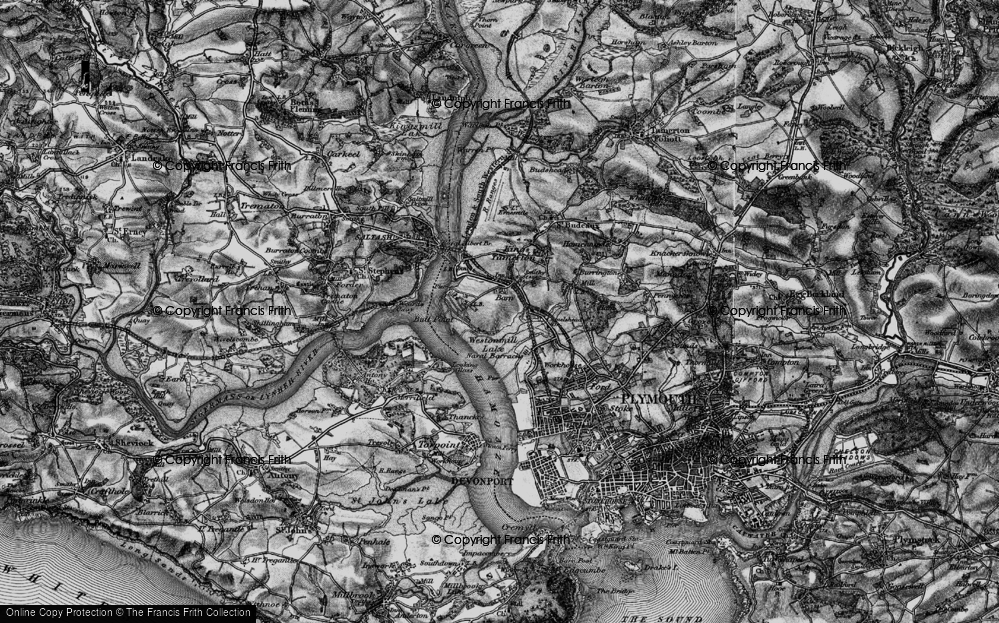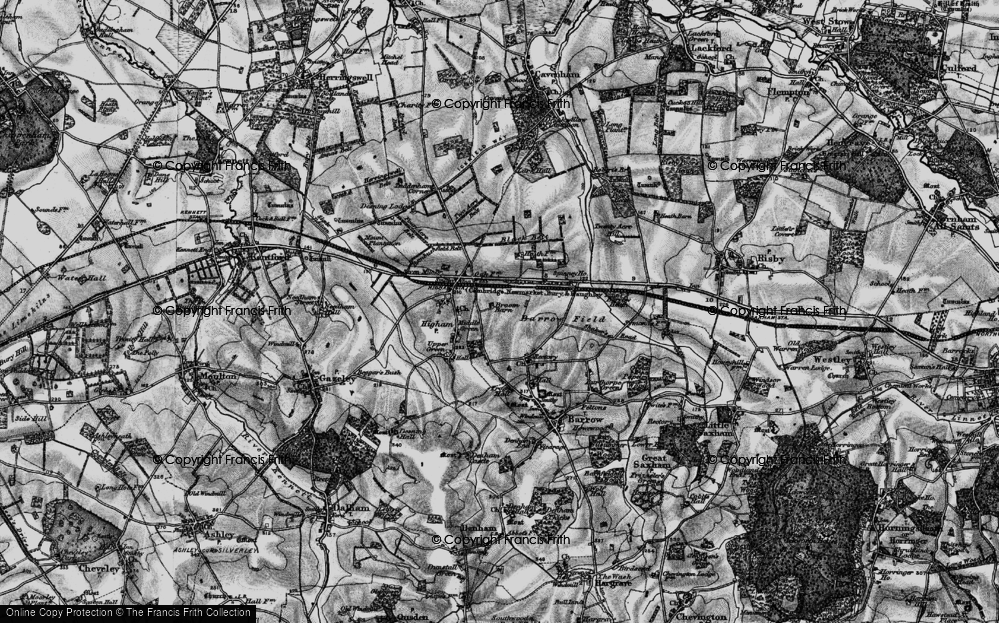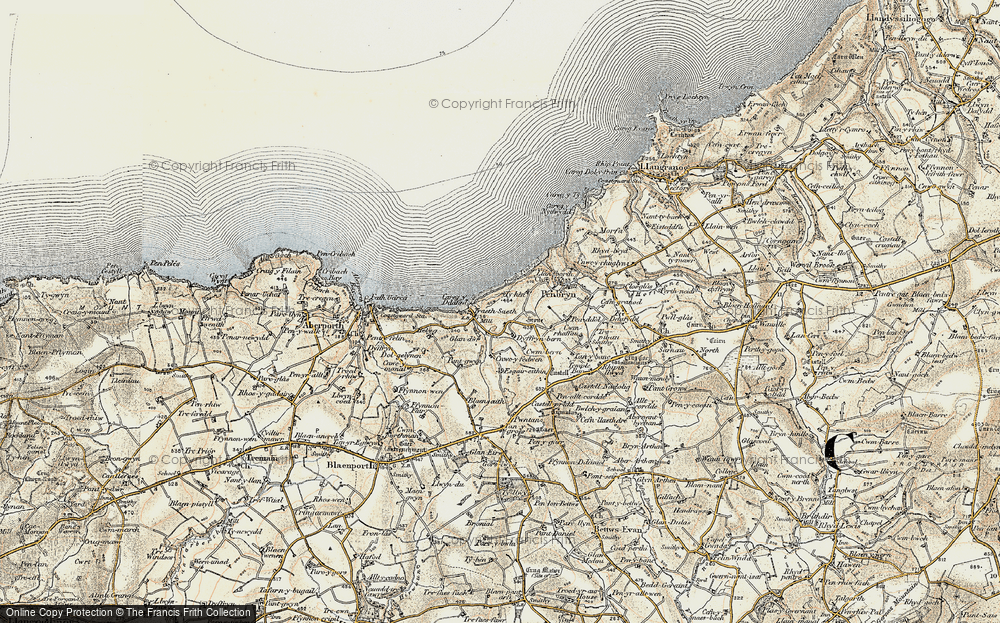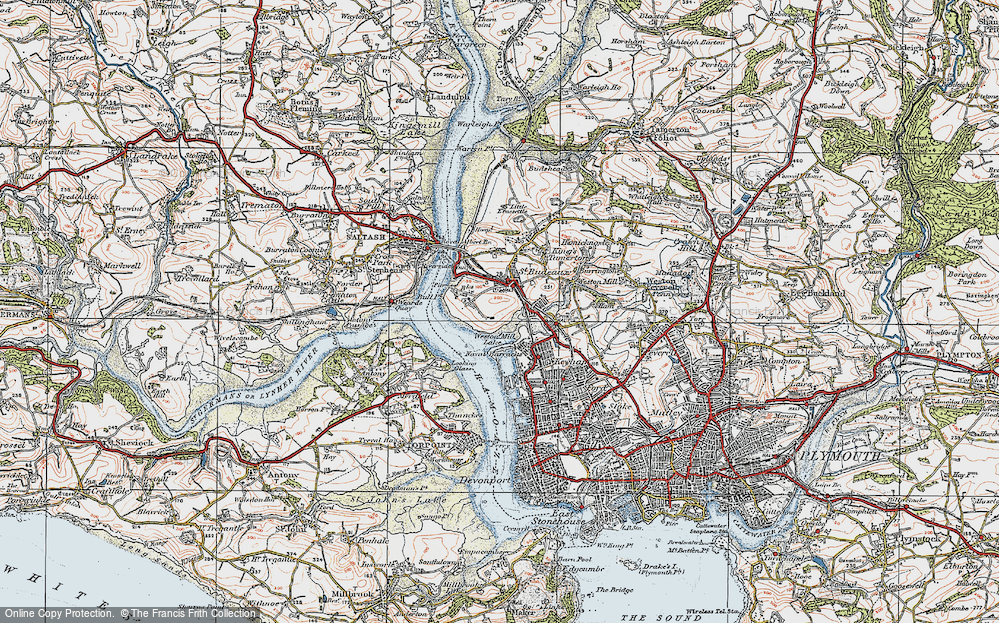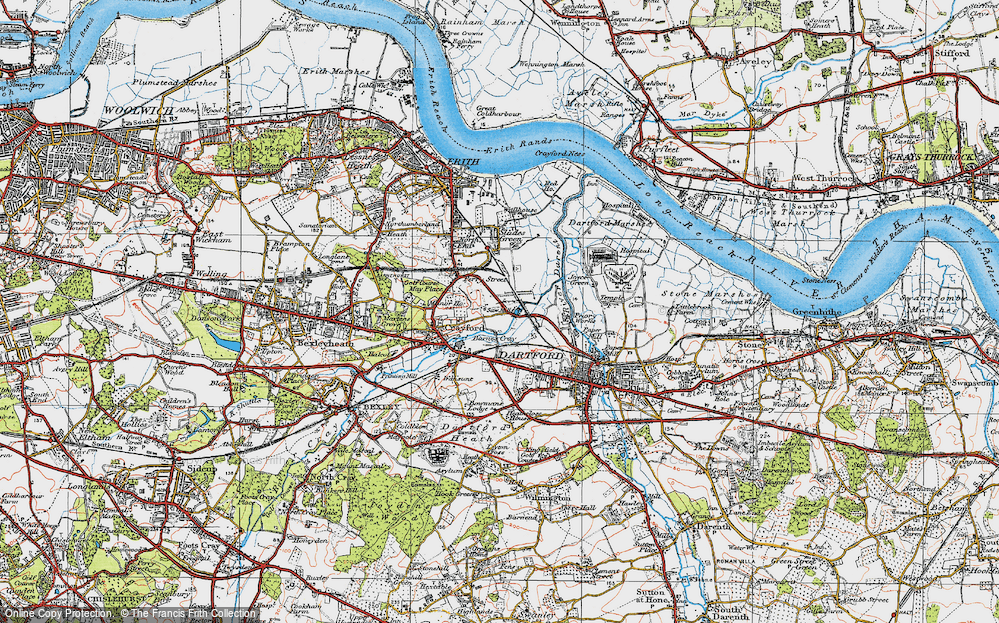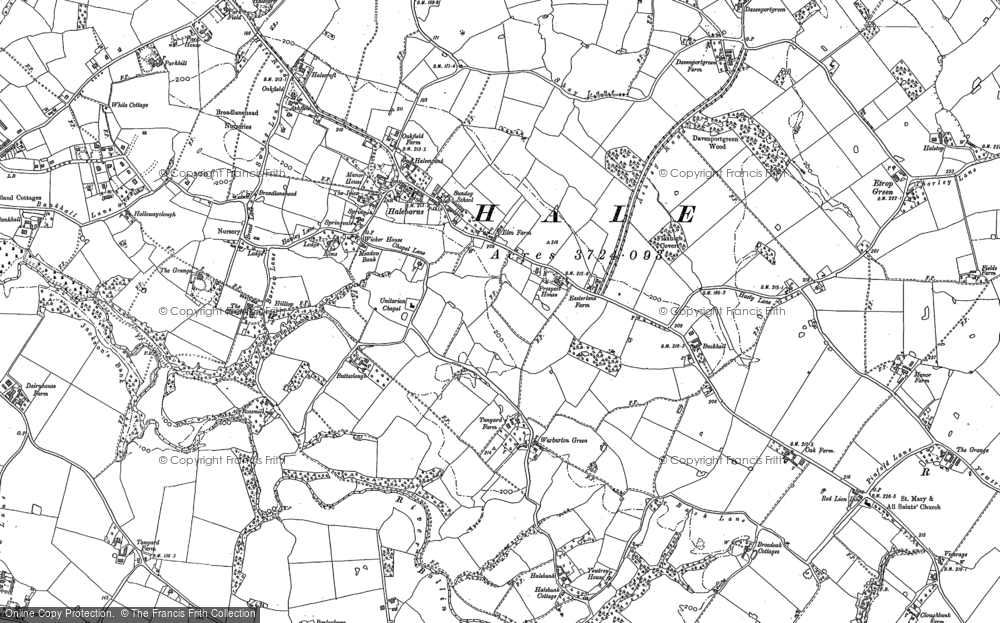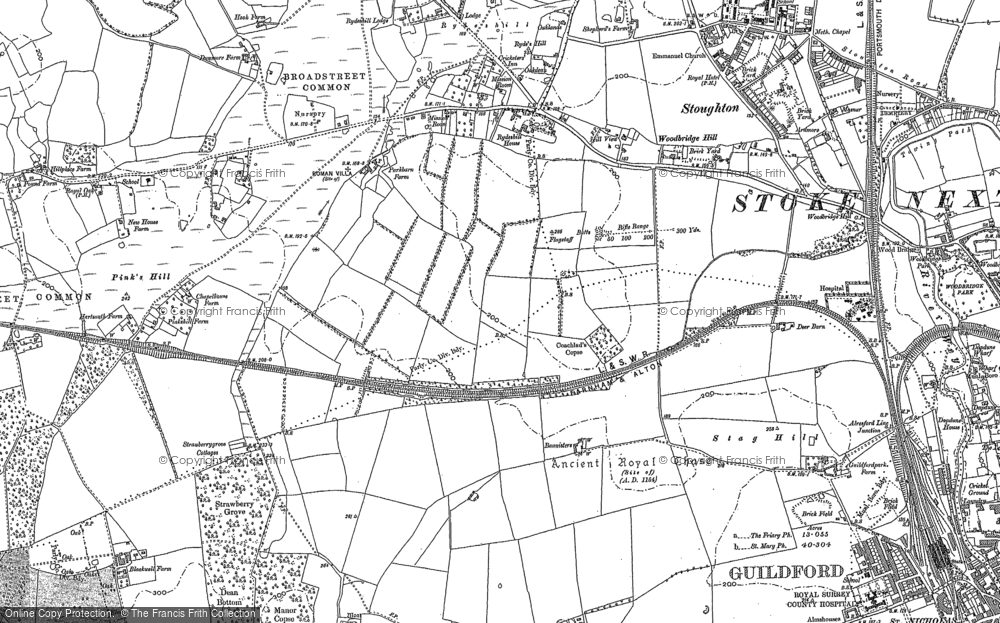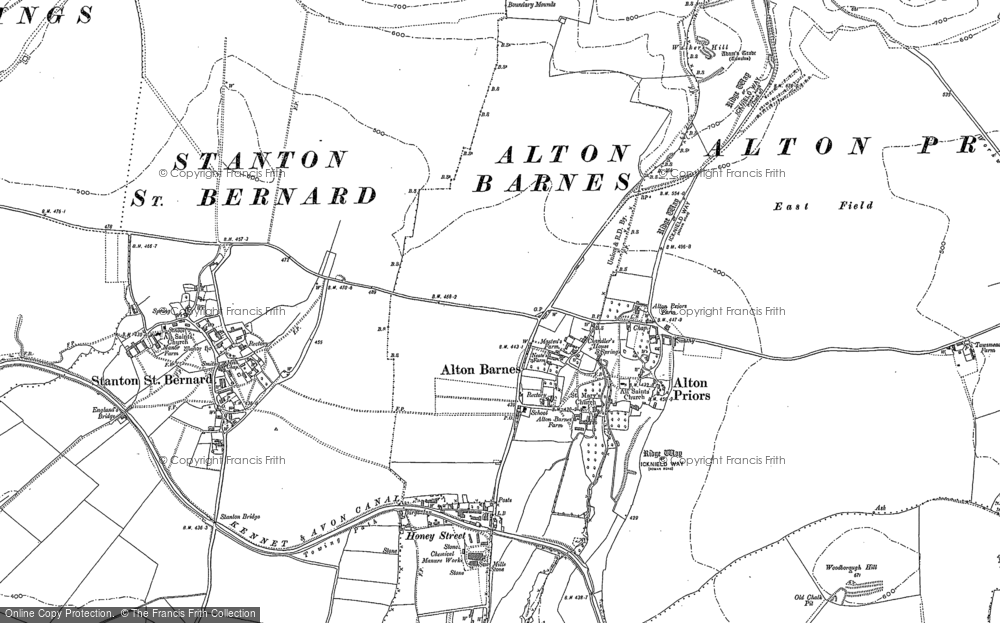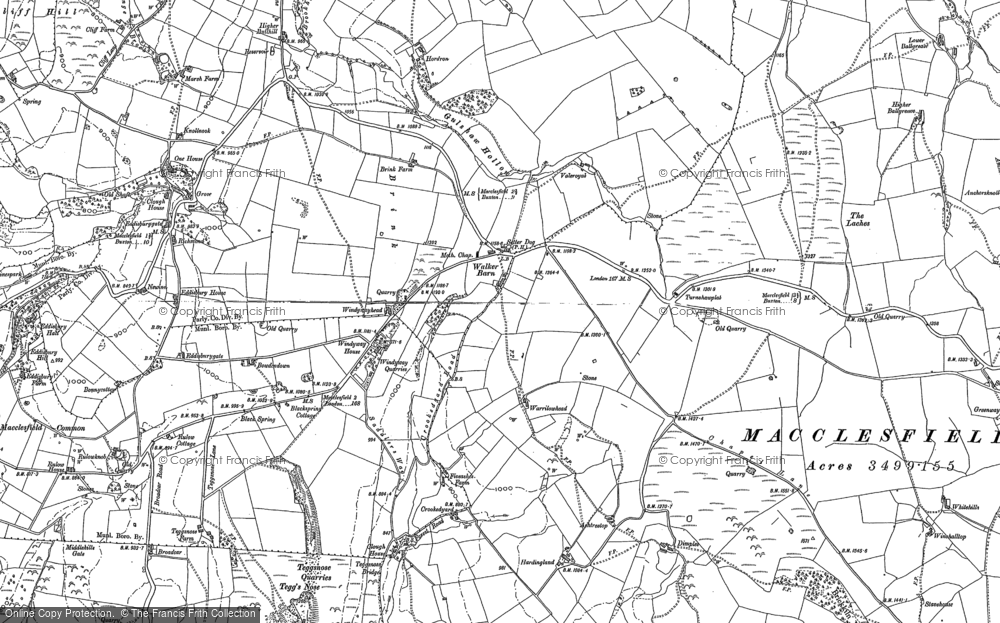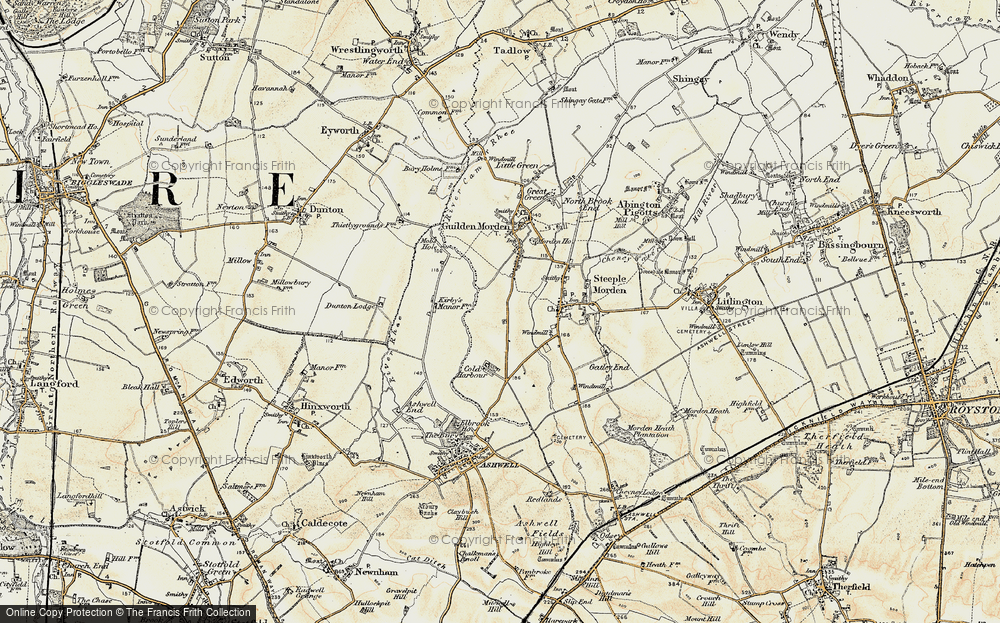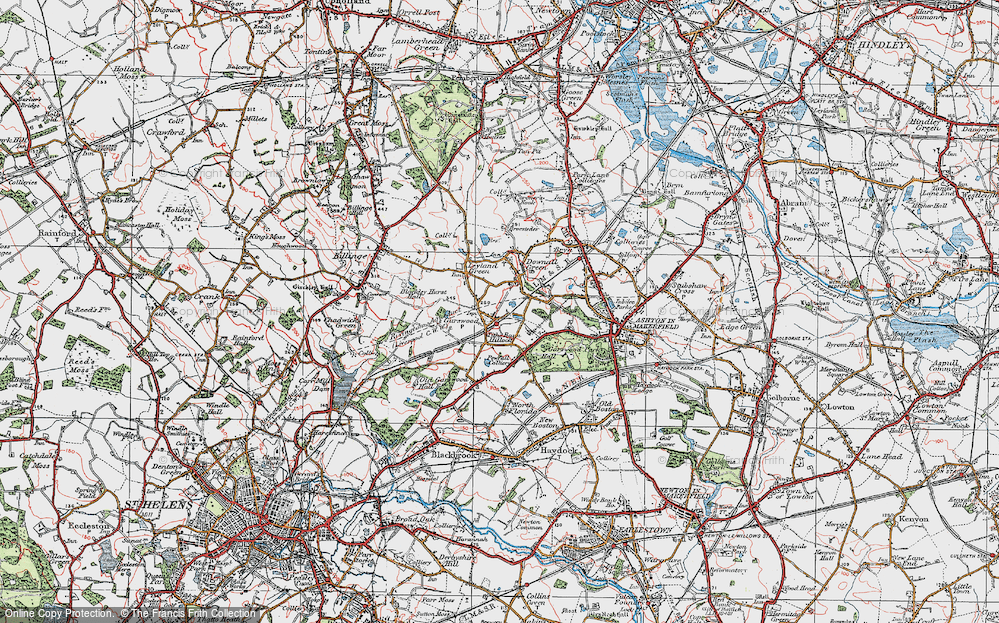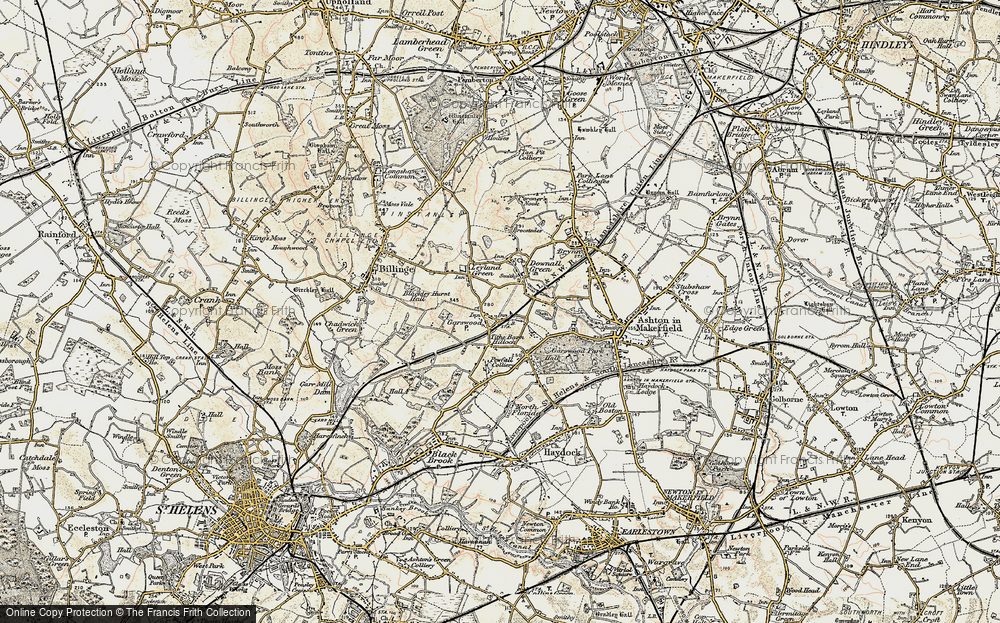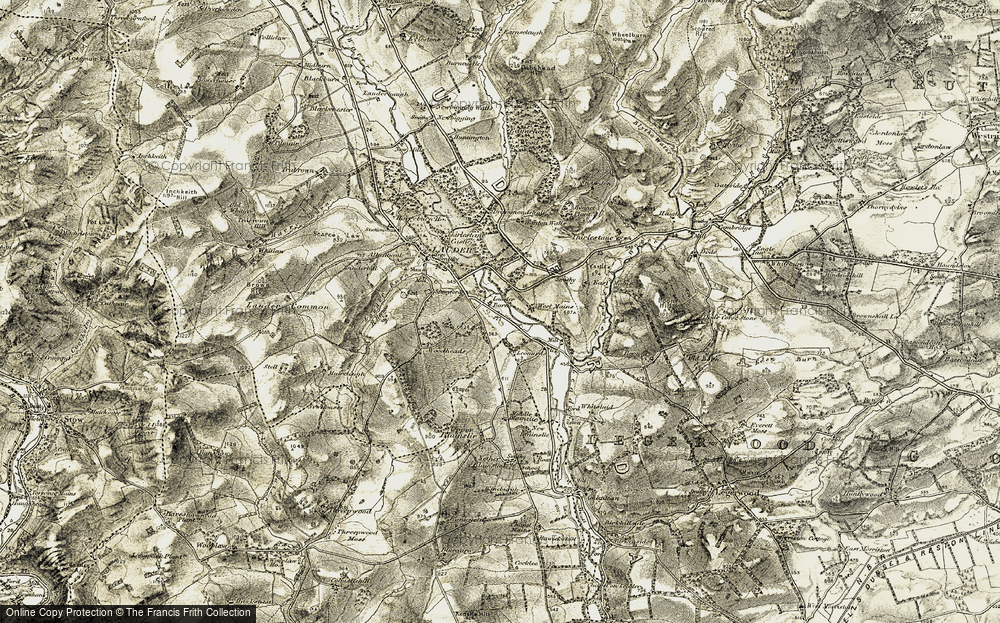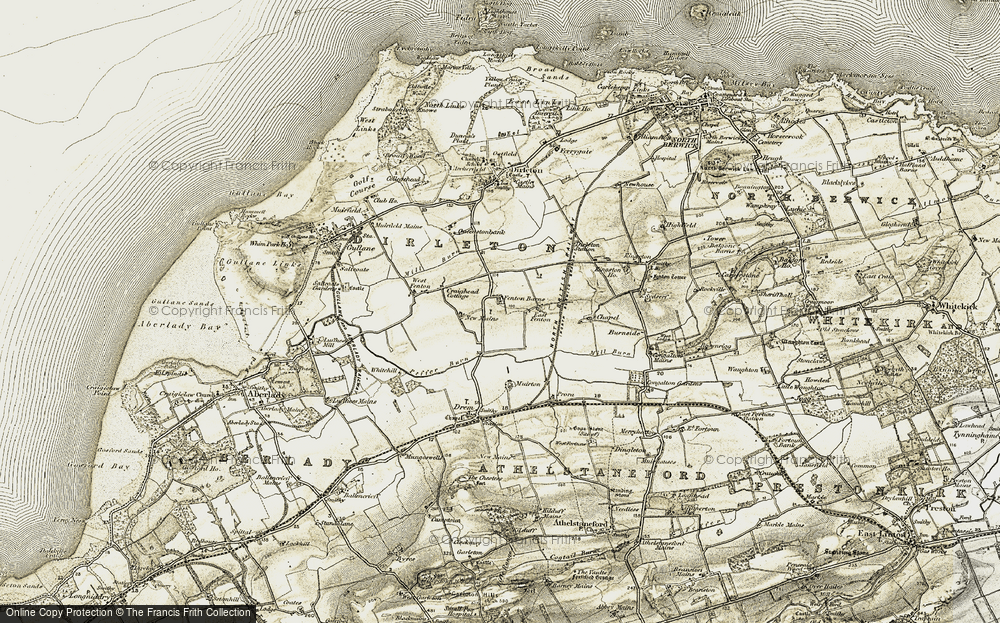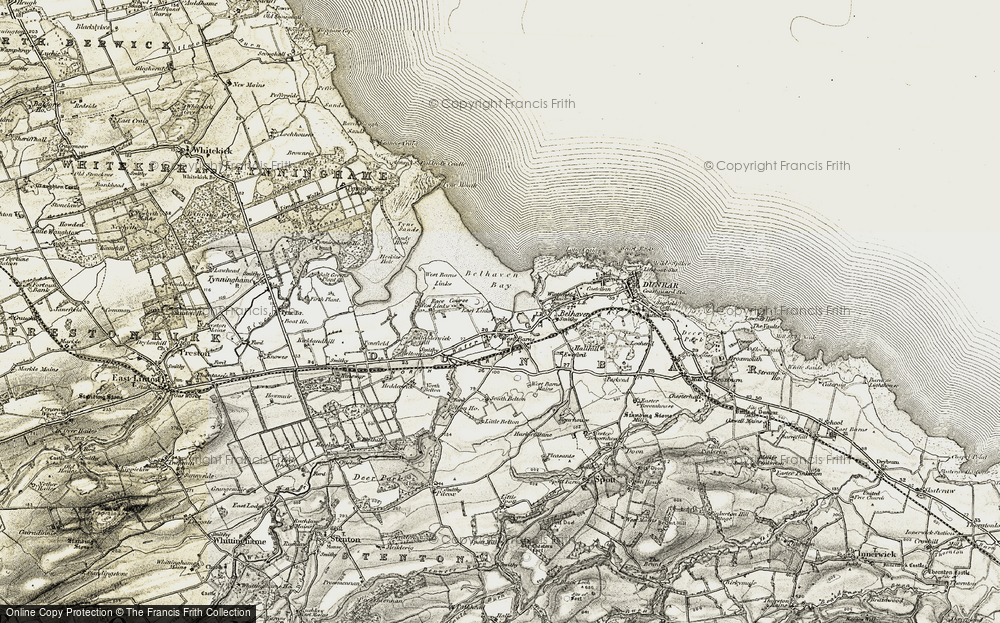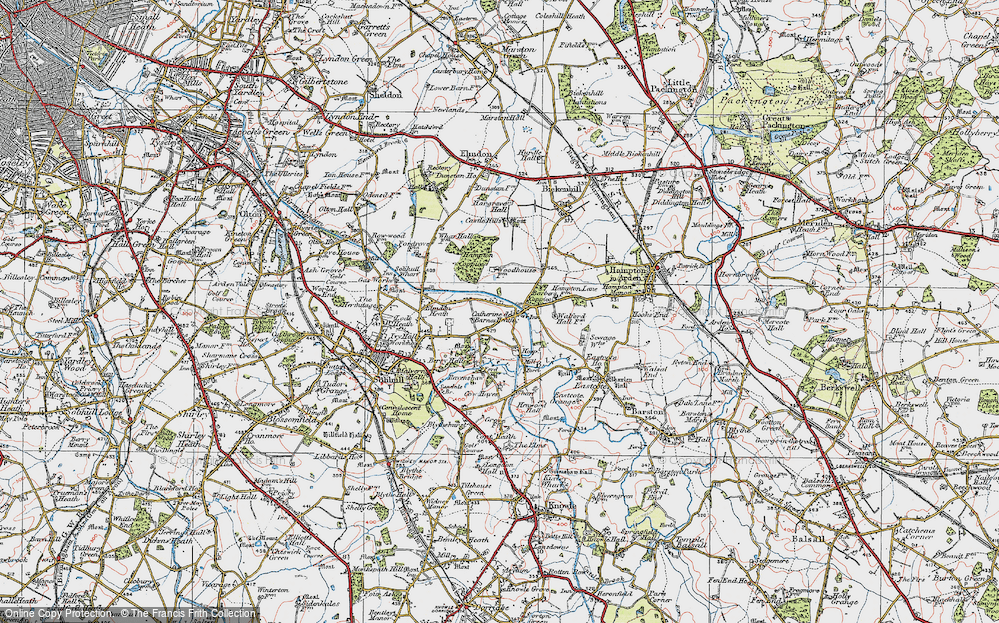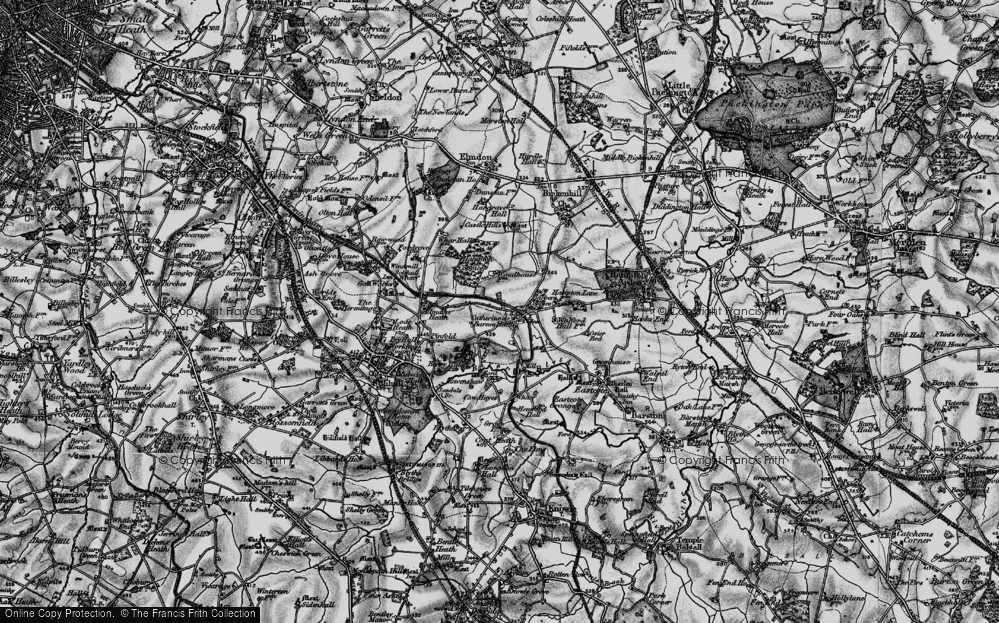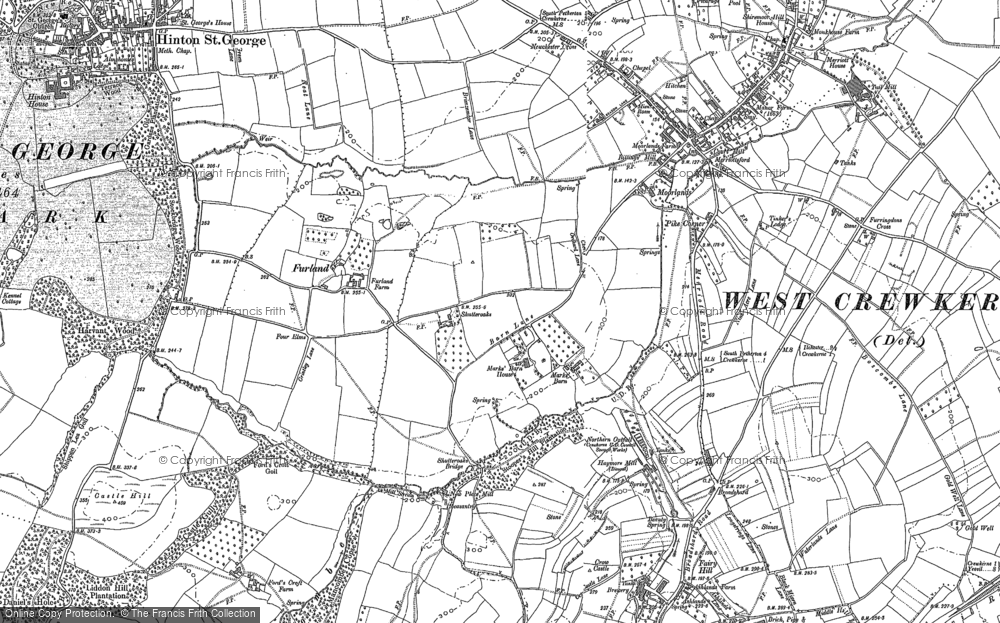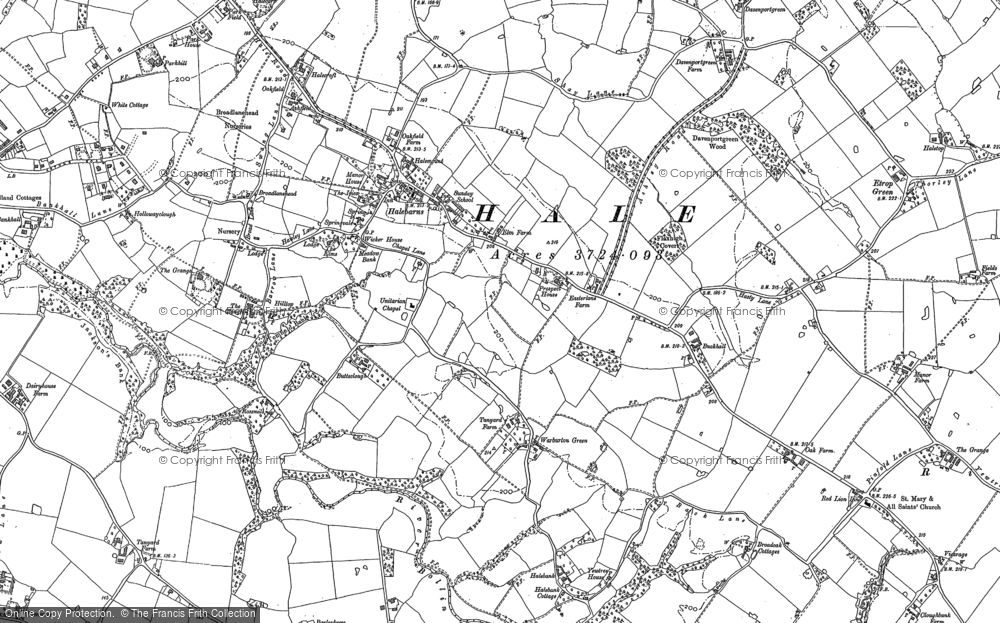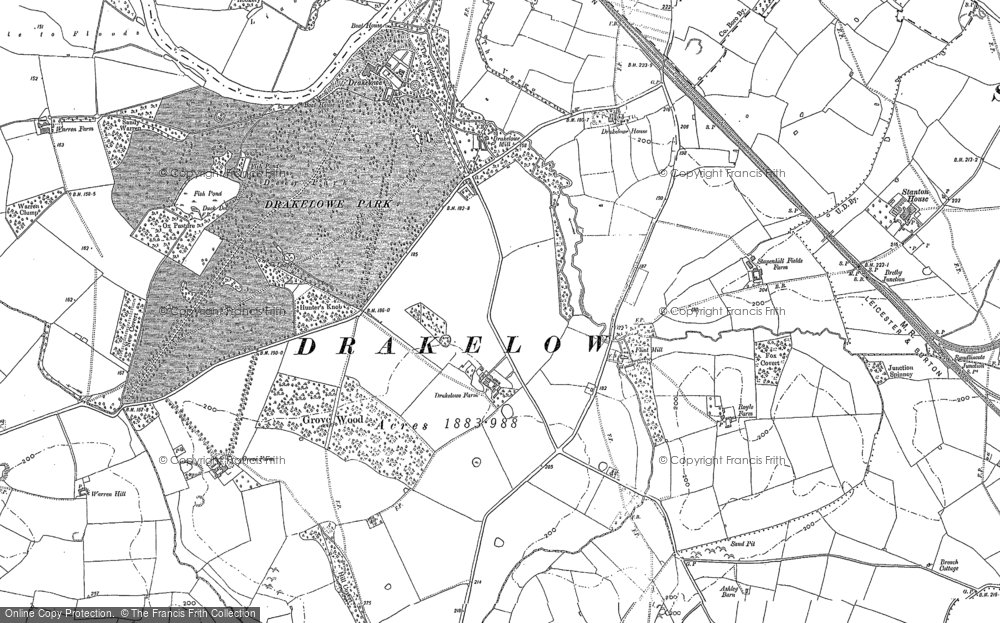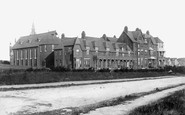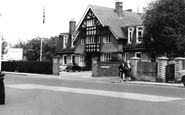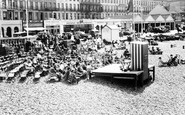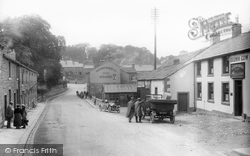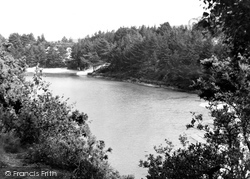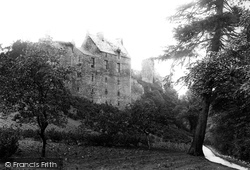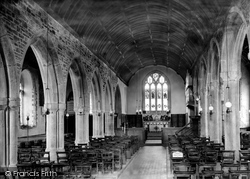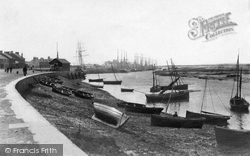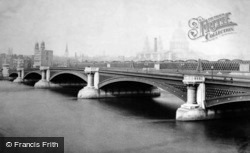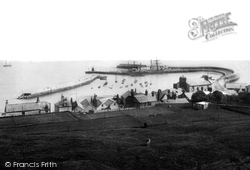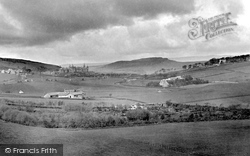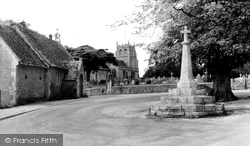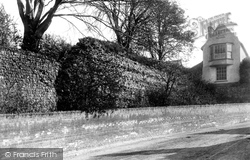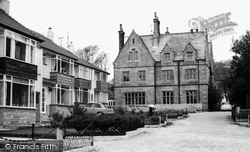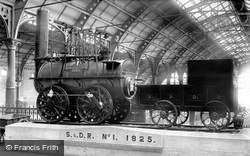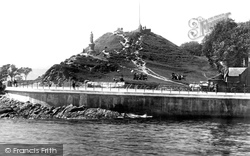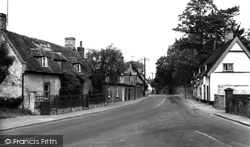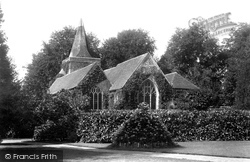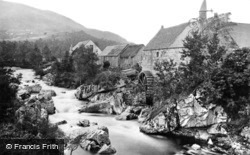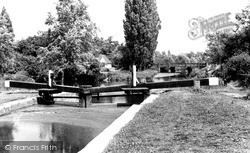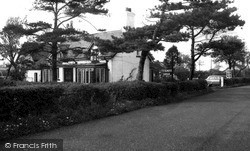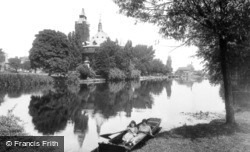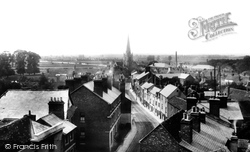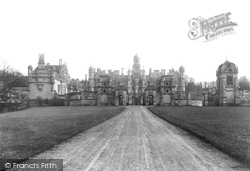Places
11 places found.
Those places high-lighted have photos. All locations may have maps, books and memories.
- Seaton Burn, Tyne and Wear (near Ponteland)
- Burn's Green, Hertfordshire
- Burn, Yorkshire
- Burn Bridge, Yorkshire
- Luggate Burn, Lothian
- Burn Naze, Lancashire
- Remony Burn, Tayside
- Barrow Burn, Northumberland (near Shillmoor)
- Blaydon Burn, Tyne and Wear
- Denton Burn, Tyne and Wear
- Burn of Cambus, Central Scotland
Photos
97 photos found. Showing results 101 to 97.
Maps
405 maps found.
Books
2 books found. Showing results 121 to 2.
Memories
768 memories found. Showing results 51 to 60.
Fun Times
I was born in Lower Aire Street in 1944, my brother was born in 1942. I left when I was 8 years old but can still remember the street. We lived next door to Mr and Mrs Wiley on one side and Mrs Hargreaves on the other ...Read more
A memory of Windhill in 1944 by
My Second Home
Right from a small child i have grown up loving Wells-next-the-Sea, my dad used to take us on holidays there and we stayed in a little cottage which was a short walk to the quay where my brother and I would wander down to ...Read more
A memory of Wells-Next-The-Sea in 1969
Broadstairs And St Mary's Home 1957
I was 6 years old and had had bronchitis and asthma and so I was sent away from smoggy London to St Mary's Home in Broadstairs. I was taken with other young children on a train by a nurse in a brown uniform. ...Read more
A memory of Broadstairs in 1957 by
Evacuation
I was 6 years old in 1941 and a native of Glasgow. During the worst of the German bombing at that time, my mother, brother and I moved to Auchnahyle Farm, which was farmed by my father's uncle and aunts, Bob, Mag and Jess Jamieson. My ...Read more
A memory of Pitlochry in 1941 by
Cheadle In The Second World War
I think that we must have moved to Cheadle around 1938, because I was born in Newcastle under Lyme, but my younger sister was born in Cheadle in 1939. At that time we lived on Leek Road. We had various ...Read more
A memory of Cheadle in 1930 by
I Lost My Dad When I Was 3 And We Had To Leave
My name was Pat Barringer then. My dad was burned in a lorry in 1949, he lived for about 6 months and then died, I have no memories at all as I was too young, does anybody remember the name Barringer? My mum was Beryl and my dad was Bert. I also have a sister who was 18 months at the time.
A memory of Buckhurst Hill in 1949 by
Early Years
I was born at 37, Ravenshill Road in 1955. I can remember a man on a bike sharpening knives and scissors on a grinding wheel attached to the front, also a man with a pony and trap would take you for a ride round the block for a ...Read more
A memory of West Denton by
Years Gone By
I was born at 22 Victoria Street, Harthill and went to Harthill Primary School. I lived with my mum, Mary Carson, and grannie and grandad Margaret and Jimmy Carson until we left for England about 1954-55. I ...Read more
A memory of Harthill in 1947 by
Nursing
I have happy memories of Woking's Victoria Hospital 1963 - 1965, where I completed my State Enrolment training. It was a very small training school giving excellent tuition by Mrs Mockett. Sister Burns was our Home Sister who looked after ...Read more
A memory of Woking in 1963 by
The Beauty Of Herne Bay In A Hectic World
I lived in Herne Bay for my teen years. I remember the Pier burning down and the sea freezing over. The winds could be so strong my mother and I had to hold on to the lamposts for fear of blowing into ...Read more
A memory of Herne Bay in 1964 by
Captions
276 captions found. Showing results 121 to 144.
The 'burn' part of the name comes from the stream which runs through the village.The 'chat' part is either an Old English personal name 'Ceatta', or the word 'ceat', which means 'piece of wet ground
The Blue Pool at Furzebrook, the best known of Purbeck's former heathland claypits was dug by Watts, Hatherley and Burns of Newton Abbot, in 1846.
Edinburgh fell, Holyrood was burnt. In 1544 the English were back, burning five towns, sacking 243 villages, and destroying Roslin Castle.
The stained glass chancel window of the four evangelists is by Burne Jones, and executed by William Morris & Co.
Many of these were employed in ironworking, chemical manufacturing and coal-mining, or in Nobel's dynamite works at Ardeer.The novelist John Galt was born in the town in 1779, but Irvine is more famous
The halfpenny toll on the original Blackfriars Bridge caused riots, and in 1780 angry protesters burned down the toll-house.After a succession of expensive repairs a replacement was suggested, and
Further along Marine Parade is the coastguard station (right) opposite the Custom House, the latte replacing an earlier building in the middle of the town which burned down in 1844.
Inverkip joined in the burnings, becoming a notorious centre for following the Bible's demand that, 'Thou shalt not suffer a witch to live'.
She remembers the two classrooms with old paraffin lamps and tortoise stoves which 'used to get red hot so we burned in the front and shivered in the back'.
However, Queen Boudica, who led the last British revolt against the Romans, soon burned it to the ground. The last survivors of the colony were burnt or massacred in the Temple of Claudius.
On the site of the gardens of the Old Rectory was the windmill, which burned down in 1802 and yet again within 30 years.
'Locomotion' was one of the stars of the S&DR centenary celebrations in 1925, though the old girl was not quite herself; her power came from a hidden petrol engine, and the smoke from her chimney was burning
The statue is of Burns's Highland Mary, who was born at Auchnamore Farm nearby. The statue was erected in 1896.
However, Queen Boudica, who led the last British revolt against the Romans, soon burned it to the ground. The last survivors of the colony were burnt or massacred in the Temple of Claudius.
But in 1727, a company of players gave a performance in a nearby barn. So popular was it, that the doors were nailed shut to prevent any more people from getting in.
The 13th-century church of St Margaret, on the edge of the park, was struck by lightning in 1598 and largely burned to the ground.
The village of Braemar is situated on the banks of Cluny Burn.
The last mill burned down in 1905, though at one point there had been two mills here - one paper, one wheat. Coal, timber, lime and dung were the other major cargoes passing through.
Rawcliffe Hall was nearby, the home of the outrageous Squire Rawcliffe who burned down a windmill one bonfire night.
Inverkip joined in the burnings, becoming a notorious centre for following the Bible's demand that, 'Thou shalt not suffer a witch to live'.
The theatre burned down in 1926; plays then had to be performed in a local cinema.
The chimney and high building to the right of the church was a clothing factory built in 1852 - it burned down in 1944.
Gregory Gregory, a bachelor, was probably responsible for as much of the design as his architects, Anthony Salvin and later William Burn, as it rose slowly throughout the 1830s and 1840s.
It was burned down around 1900 and given a tiled octagonal roof with dormers and a weather vane.
Places (11)
Photos (97)
Memories (768)
Books (2)
Maps (405)


